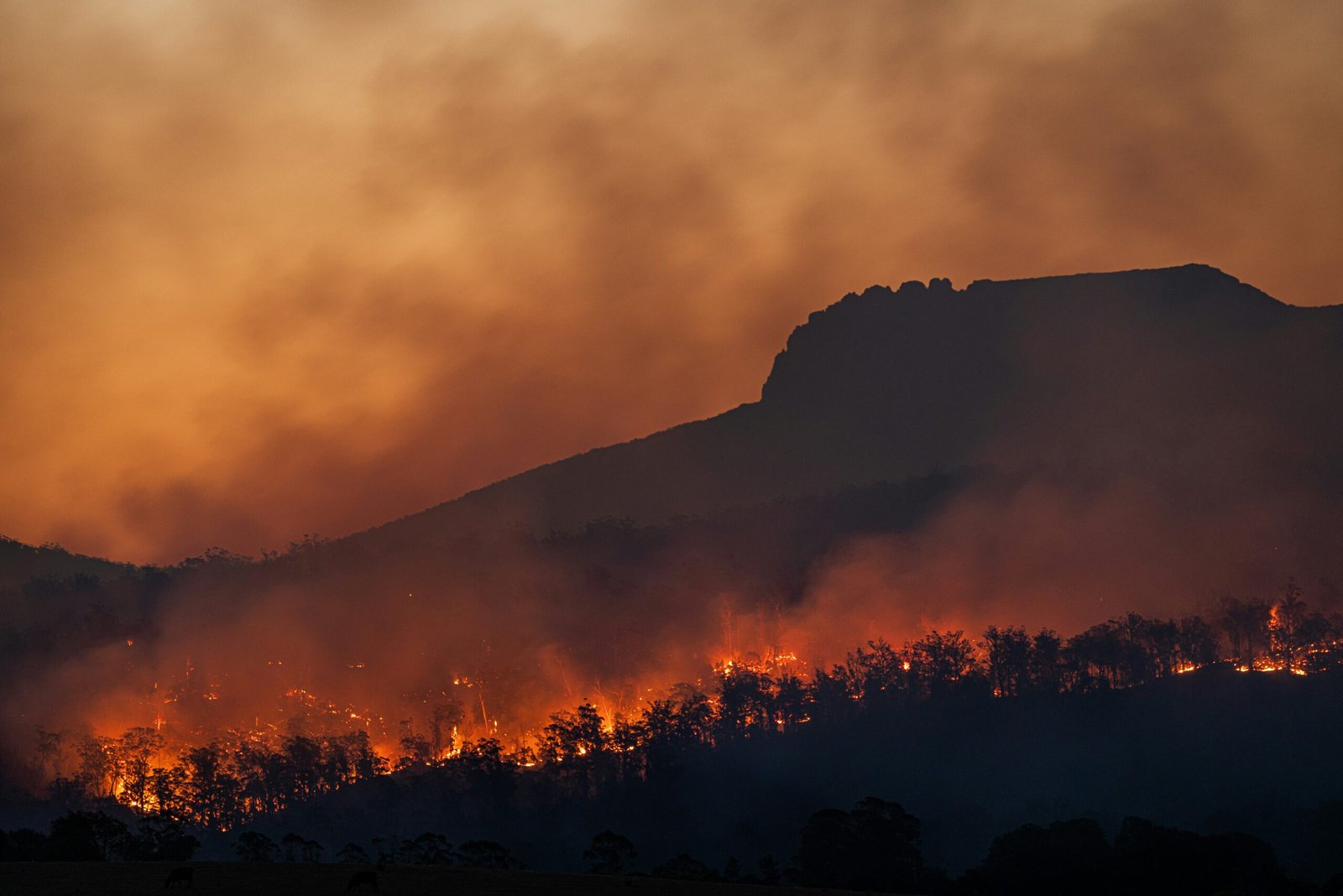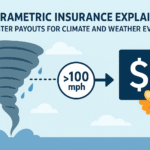Introduction
Climate change is a pressing global issue that has far-reaching implications for various sectors, including the insurance industry. As the planet continues to warm, extreme weather events such as hurricanes, floods, and wildfires are becoming more frequent and severe. These events pose significant risks to individuals, businesses, and communities, highlighting the need for insurance companies to adapt and address the increased risks associated with climate change.
The Impact of Climate Change on Insurance
Climate change has the potential to disrupt the insurance industry in several ways. Firstly, it increases the frequency and severity of weather-related events, leading to higher claims payouts for insurers. This can strain their financial resources and potentially lead to higher premiums for policyholders. Additionally, the changing climate may also result in shifts in the geographic distribution of risks. Areas that were previously considered low-risk may now be more susceptible to certain perils, while others may become less vulnerable. Insurers need to reassess their risk models and pricing strategies to account for these changes.
Adapting to Increased Risks
To address the challenges posed by climate change, insurance companies must take proactive measures to adapt and manage increased risks. Here are some key strategies they can employ:
1. Risk Assessment and Modeling
Insurance companies need to invest in sophisticated risk assessment and modeling tools to accurately evaluate the potential impact of climate change on various perils. These tools can help them identify areas that are most at risk and develop appropriate risk mitigation strategies. By incorporating climate data and projections into their models, insurers can make more informed underwriting decisions and set appropriate premiums.
2. Product Innovation
Insurers should consider developing new products and coverage options that specifically address climate-related risks. For example, they could offer policies that provide coverage for damage caused by flooding or wildfires, which are becoming more prevalent due to climate change. By offering tailored solutions, insurers can better meet the evolving needs of their policyholders and provide them with adequate protection.
3. Collaboration and Partnerships
Addressing the challenges of climate change requires collaboration among various stakeholders, including insurers, governments, and scientific communities. Insurance companies can partner with climate scientists and researchers to gain insights into climate trends and projections. They can also work with governments to develop policies and regulations that incentivize climate resilience and mitigation measures. By fostering partnerships, insurers can leverage collective knowledge and resources to effectively manage increased risks.
4. Education and Awareness
Insurance companies have a role to play in educating the public about the risks associated with climate change and the importance of adequate insurance coverage. They can develop educational campaigns and materials that raise awareness about the need for climate resilience and the benefits of insurance. By empowering individuals and businesses with knowledge, insurers can help them make informed decisions and take proactive measures to protect themselves against climate-related risks.
The Role of Regulation
Regulation plays a crucial role in addressing the increased risks of climate change in the insurance industry. Governments can implement policies that encourage insurers to incorporate climate risk into their underwriting and pricing practices. They can also establish standards for disclosure and transparency, ensuring that insurers provide accurate and relevant information to policyholders regarding climate-related risks. By creating a regulatory framework that incentivizes climate resilience, governments can drive positive change within the insurance sector.
Conclusion
Climate change poses significant challenges for the insurance industry, but it also presents opportunities for innovation and collaboration. By adapting their risk assessment methods, developing new products, and fostering partnerships, insurance companies can effectively address the increased risks associated with climate change. Additionally, governments play a crucial role in creating a regulatory environment that promotes climate resilience and encourages insurers to take proactive measures. With collective efforts, the insurance industry can contribute to building a more resilient and sustainable future in the face of climate change.










